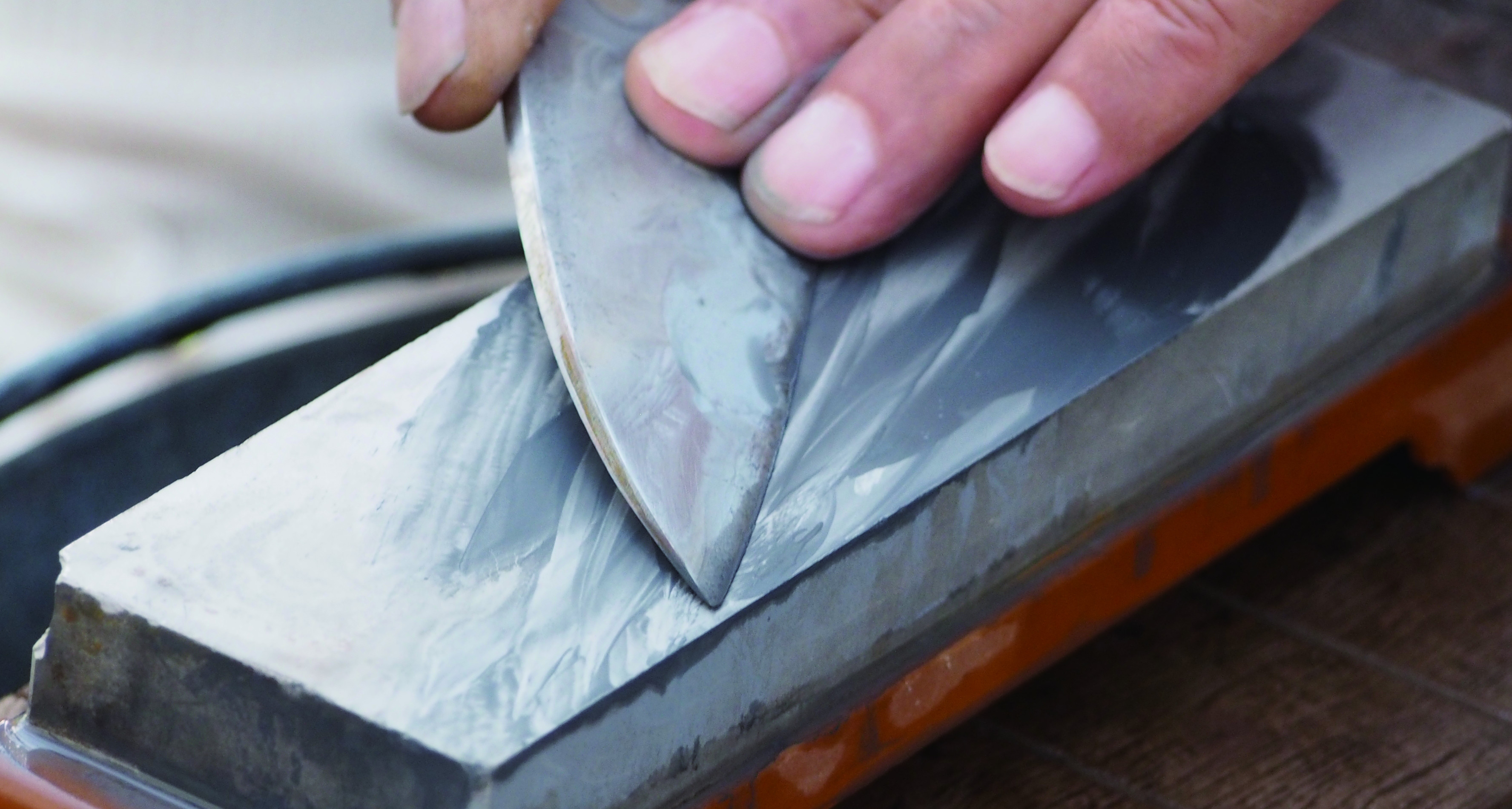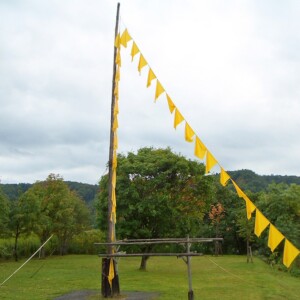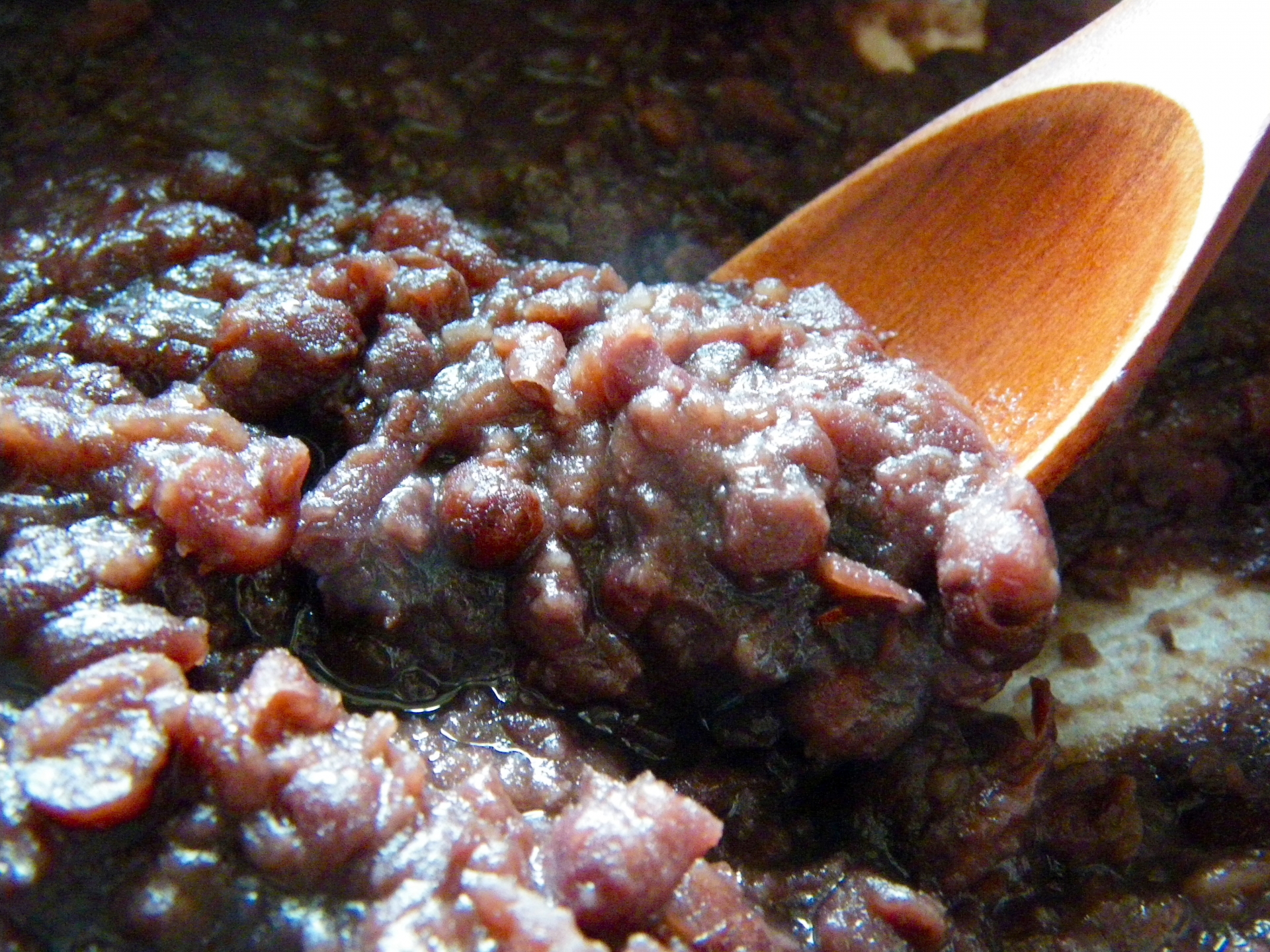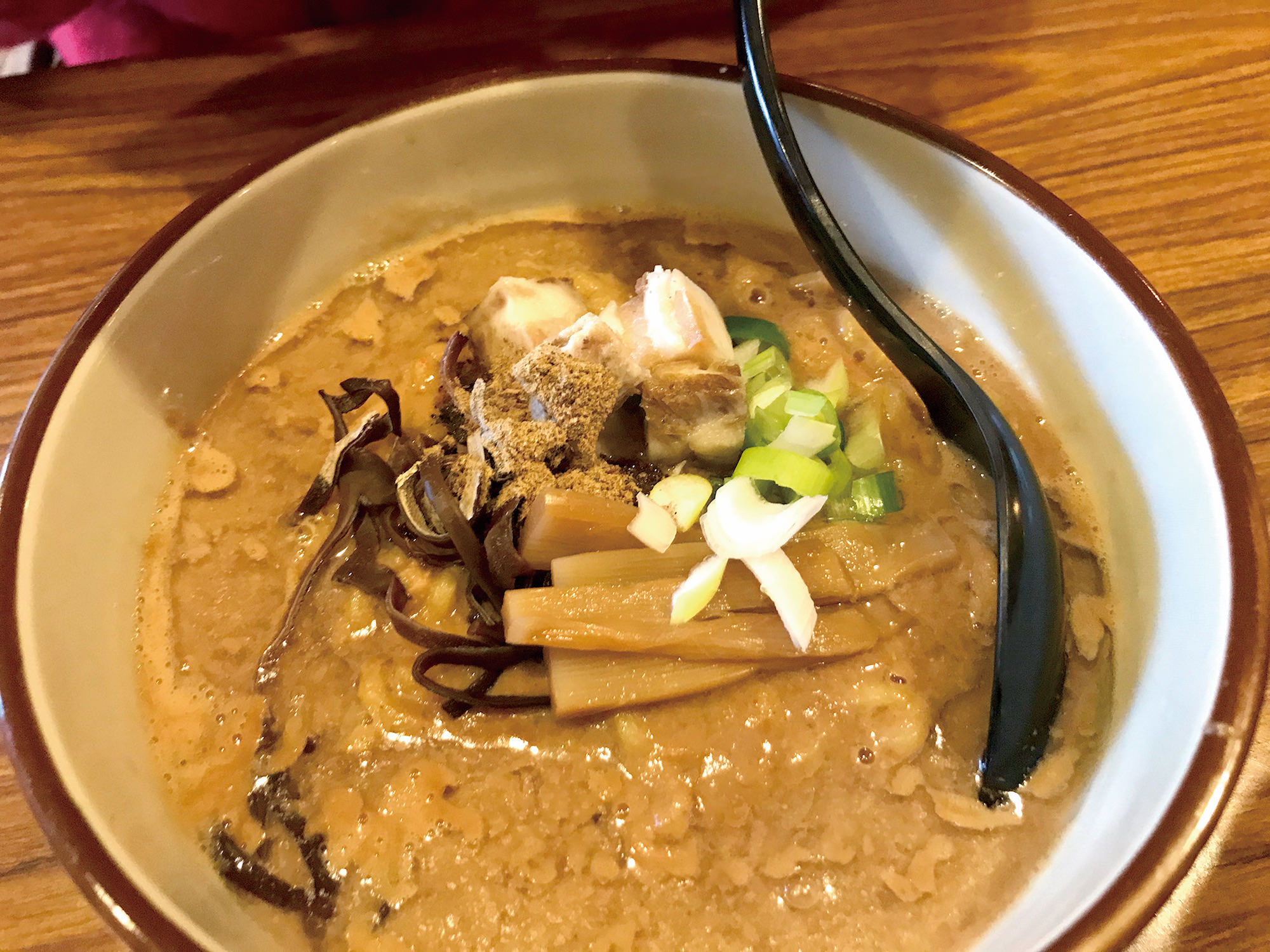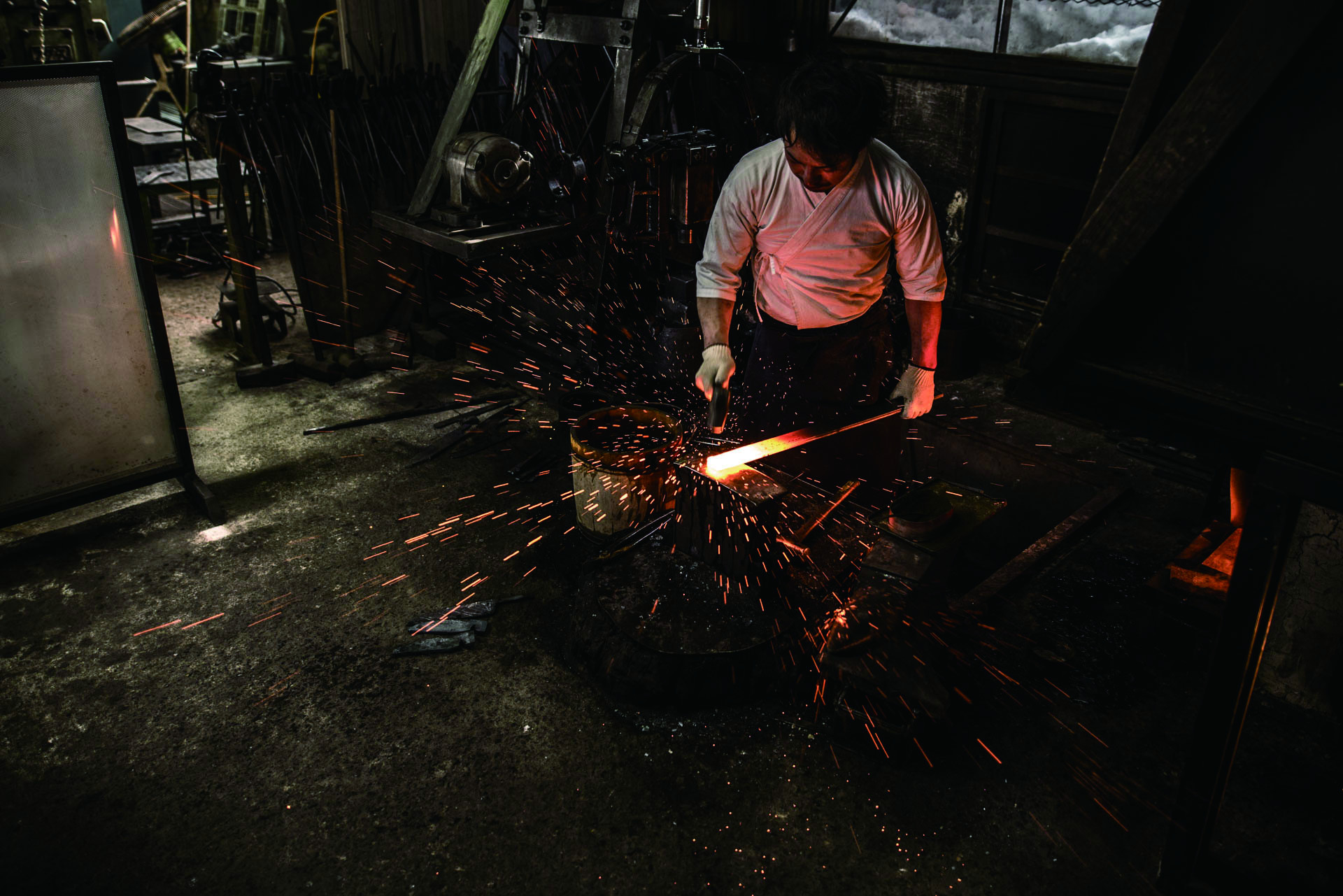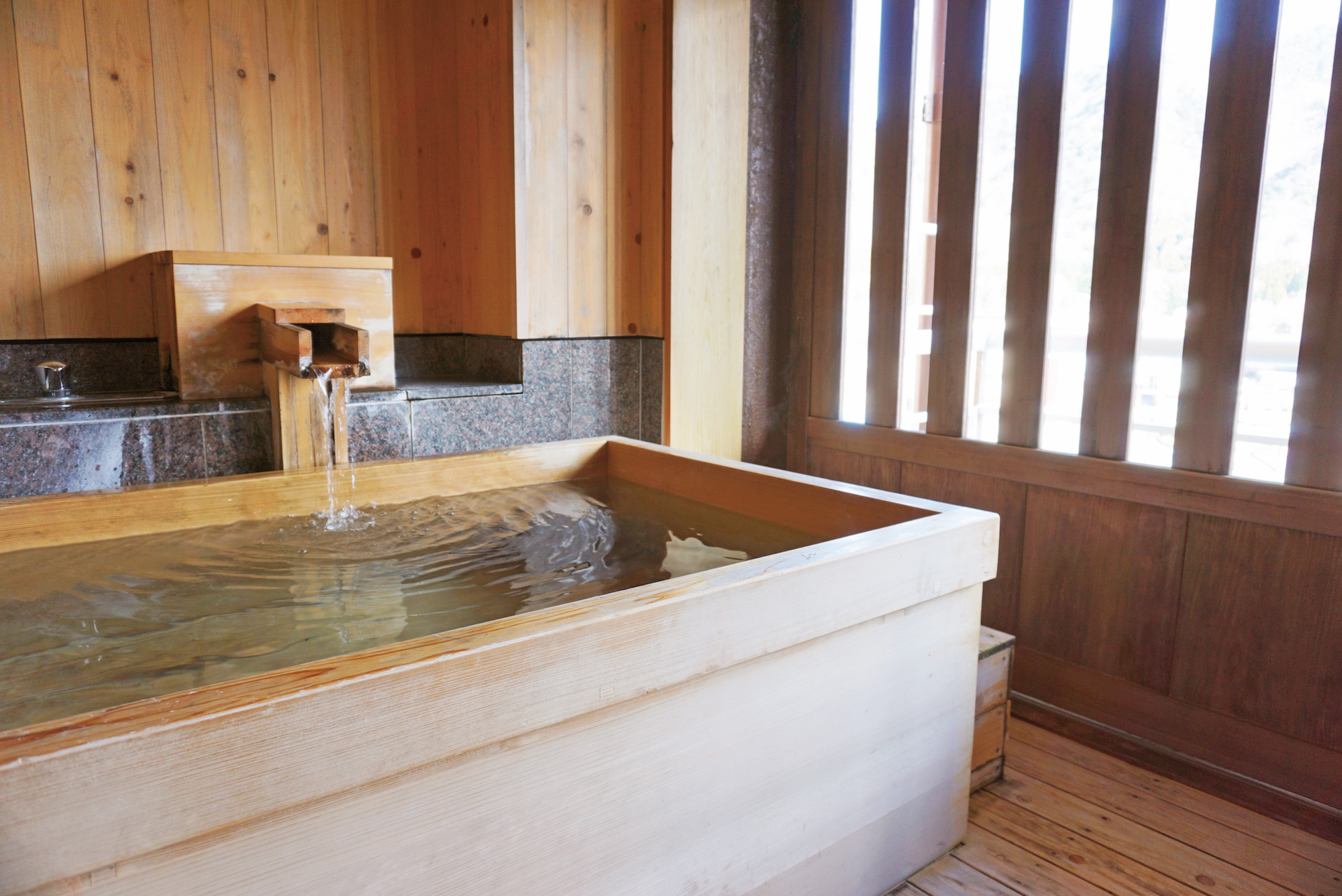The comeback of standing sushi bars in Japan
When you’re looking for a reasonable, casual alternative to the high-end sushi bars, kaiten (conveyor belt) sushi restaurants spring to mind. In Japan, another option has been catching on lately: tachigui, or stand-and-eat, sushi restaurants. No seats, no frills, no omakase courses, no scary bills to worry about. You can order six pieces of maguro and call it a day if you want. This is a convenient, inexpensive sushi option that is closer to the way Japanese ate sushi during the Edo Era.
Sushi as we know it today, called nigiri sushi, originated around 1820. Until then, fermented fish with vinegar was called sushi. It was served separately from rice. As Edo (the old name for Tokyo) boomed to a population of 1.1 million, quick-thinking sushi vendors began to serve the fish atop a small ball of viengared rice for convenience. The snack became a hit with busy merchants and craftsmen, and sushi vendors began to spring up all over the city. They were the original fast-food vendors and the precursors to the food trucks and burger joints that serve us today.
Gradually, high-end sushi restaurants and kaiten-sushi outlets pushed aside the standing-only venues. It came to the point that tachigui sushi was almost extinct. Then, beginning a few years ago, a resurgence began.
Part of the resurgence has to do with larger franchises jumping into the business. In the old days, a standing sushi bar would be a business run by a single chef trying to keep overhead low. But today, larger chains are opening their own versions of the standing sushi shop. These standing shops have become popular because they are reasonably priced, yet they still give diners the experience of watching the sushi chef prepare pieces right before their eyes.
Standing sushi bars tend to be very small in Japan. Many fit 10 people or fewer. You can visit them alone, and there is no pressure to order alcohol. On your next visit to Japan, when you are in the mood for a quick snack, drop into a standing sushi shop for a bite. If you’re in Tokyo, we have a recommendation for you.
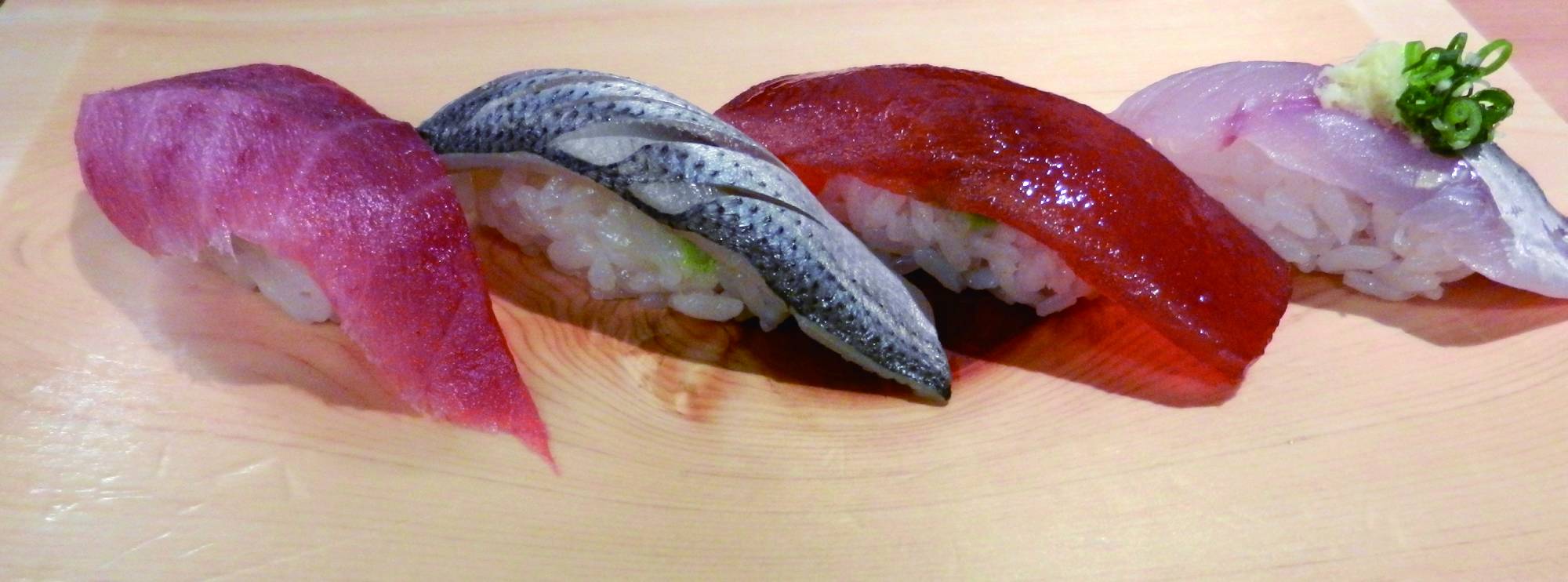
Tokyo’s hottest standing sushi shop
Tsutsui in Tokyo’s Gotanda neighborhood opened its doors in 1990. It offers delicious, high-quality sushi at a reasonable price. The maguro is amazing and costs just 150 yen (about $1.30). The shop serves white-flesh fish, known as shiromi, as sushi as well as blue-skin, known as aozakana using traditional Edomae techniques. Tsutsui is known as Japan’s most delicious tachigui sushi shop.
However, in March 2017, the landlord notified Tsutsui that its lease would not be extended. The restaurant had to close. In early 2018, owner and chef Tsutsui-san found a new location in the same neighborhood, but he was hesistant to plunge ahead with all the renovation costs. What if the new landlord ended up doing the same thing to him? He was at a crossroads.
Tsutsui’s regulars decided to start a crowdfunding campaign to help him out. In about a month, they had raised $20,000. Today, thanks to the support of the regulars and Tsutsui-san’s persistence, Japan’s favorite standing sushi shop is back in business. And because of the publicity surrounding the crowdfunding campaign, Tsutsui is more popular than ever.
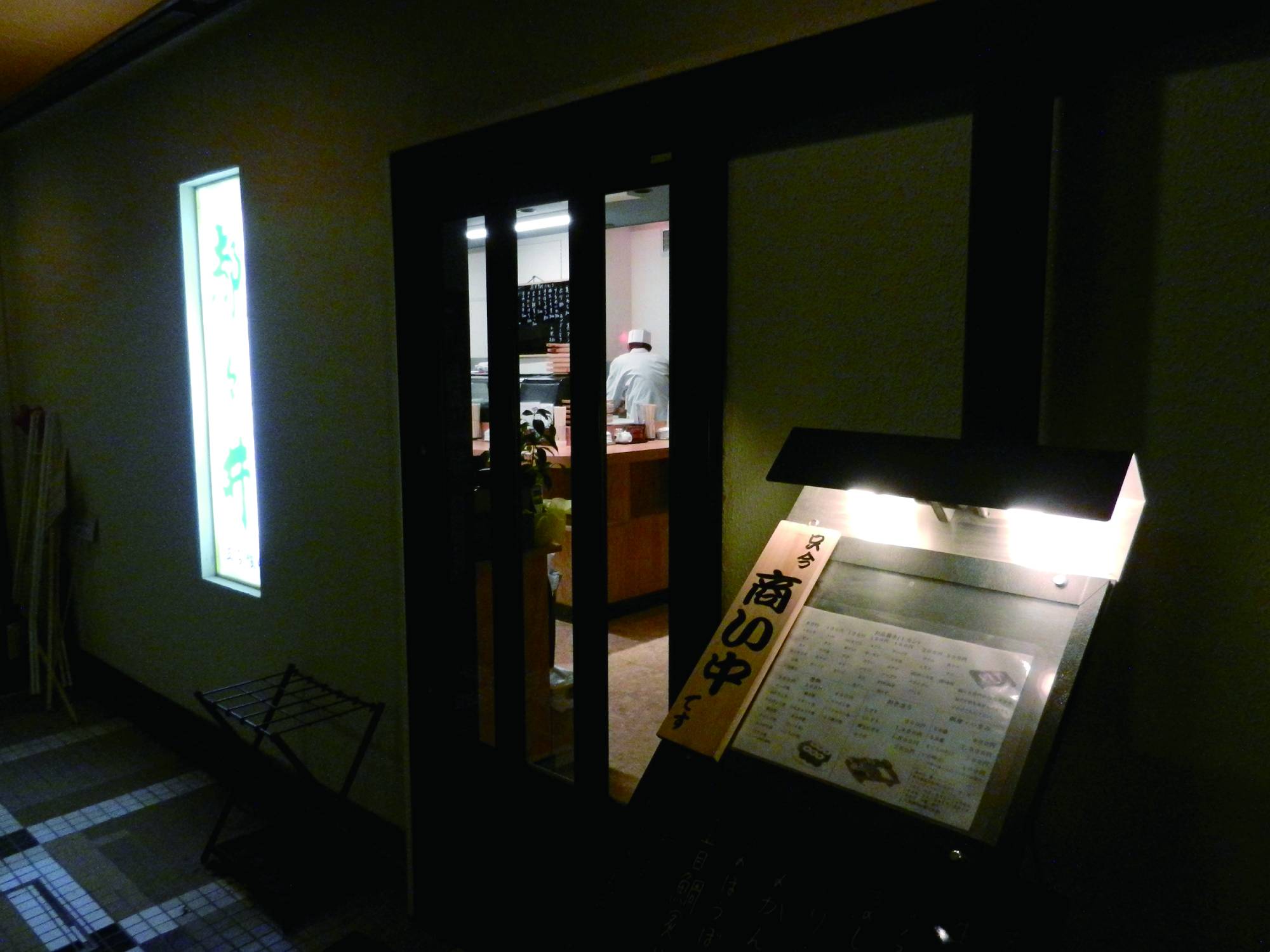
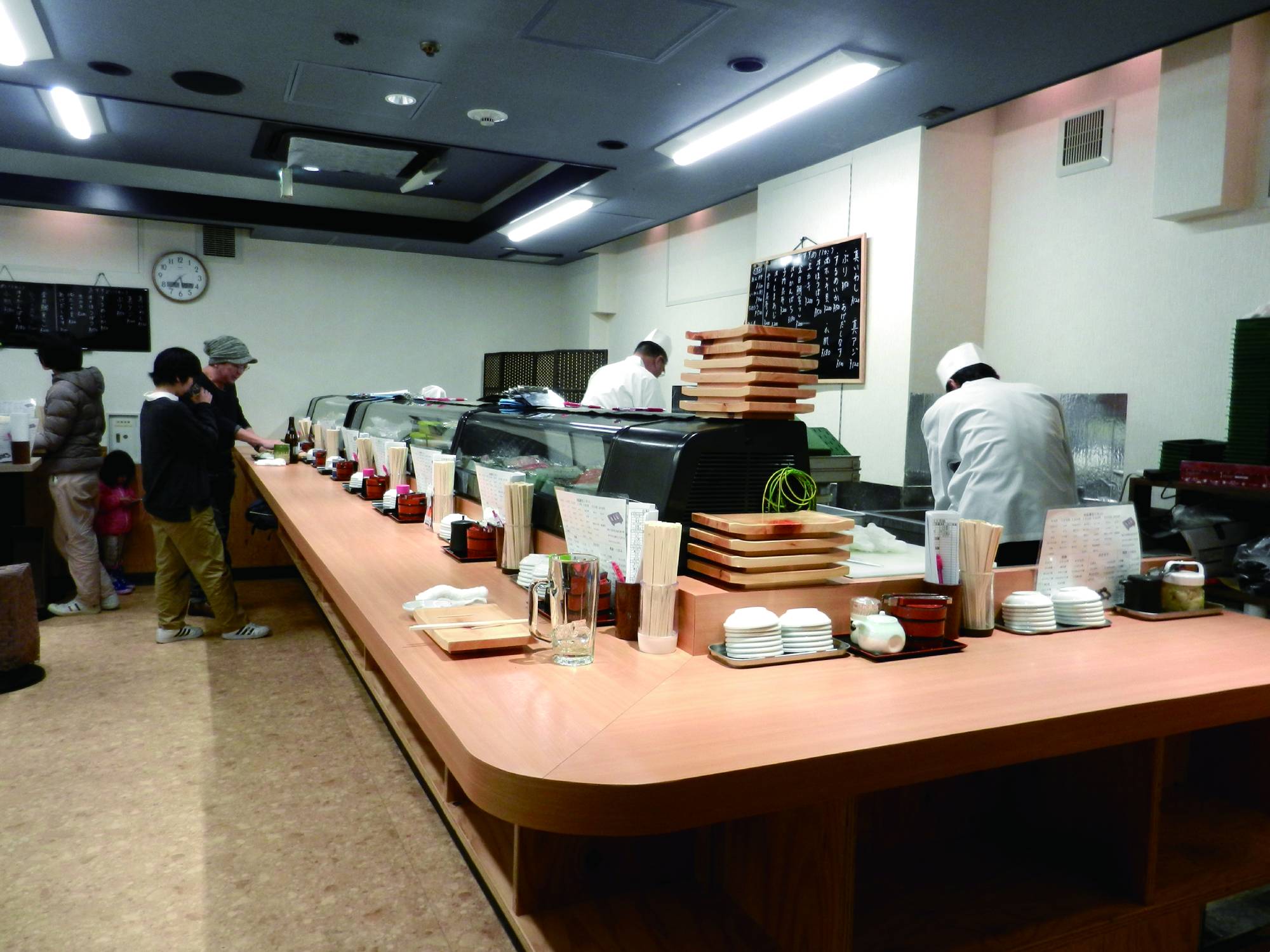
Location & Contact Information
Tsutsui
1st Floor, 1-9-3 Nishi Gotanda, Shinagawa-ku, Tokyo 141-0022, Japan
+81 3-6417-3564















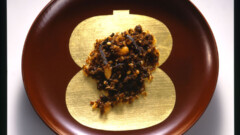
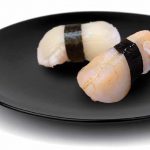
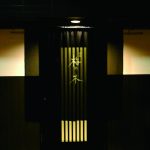

-300x300.jpg)
